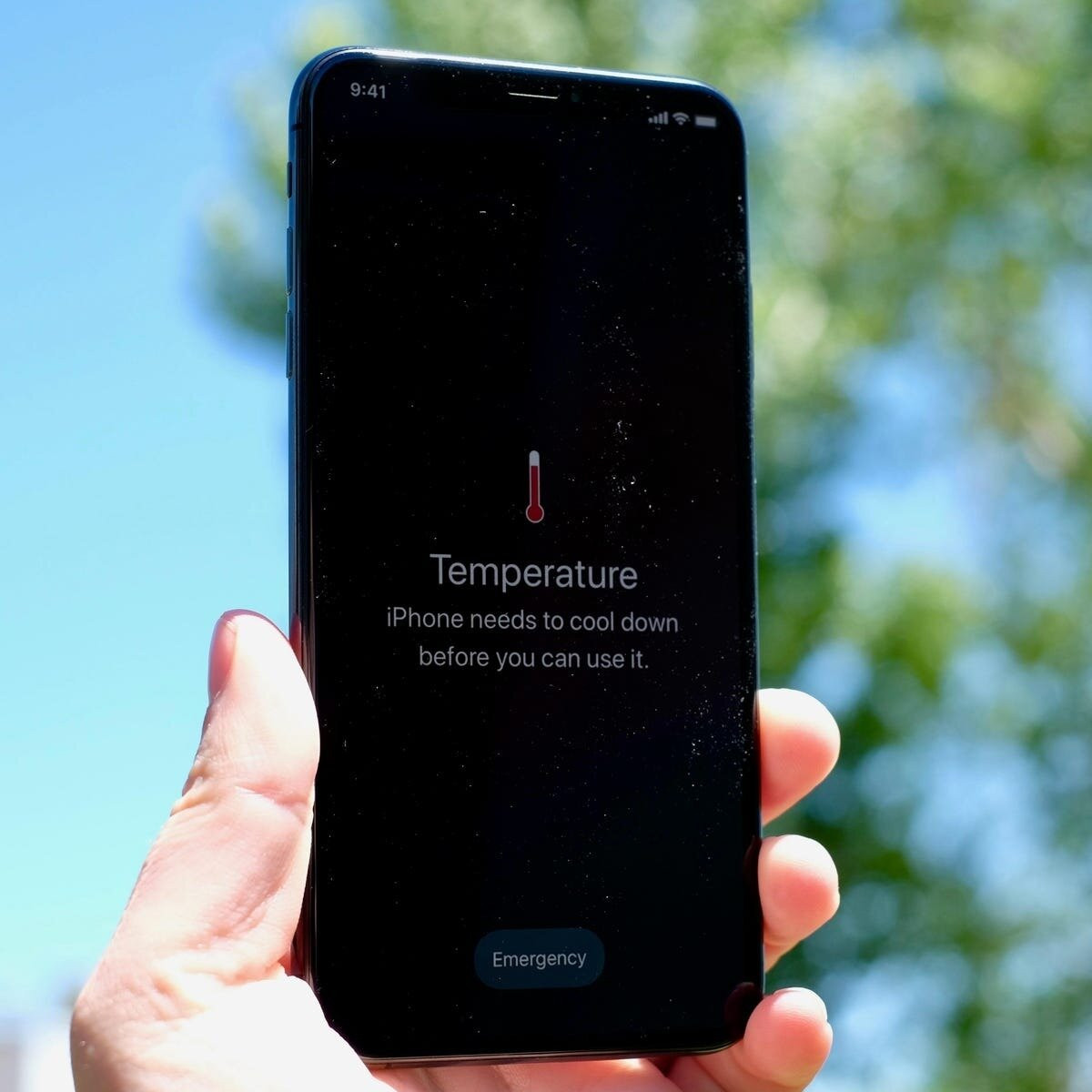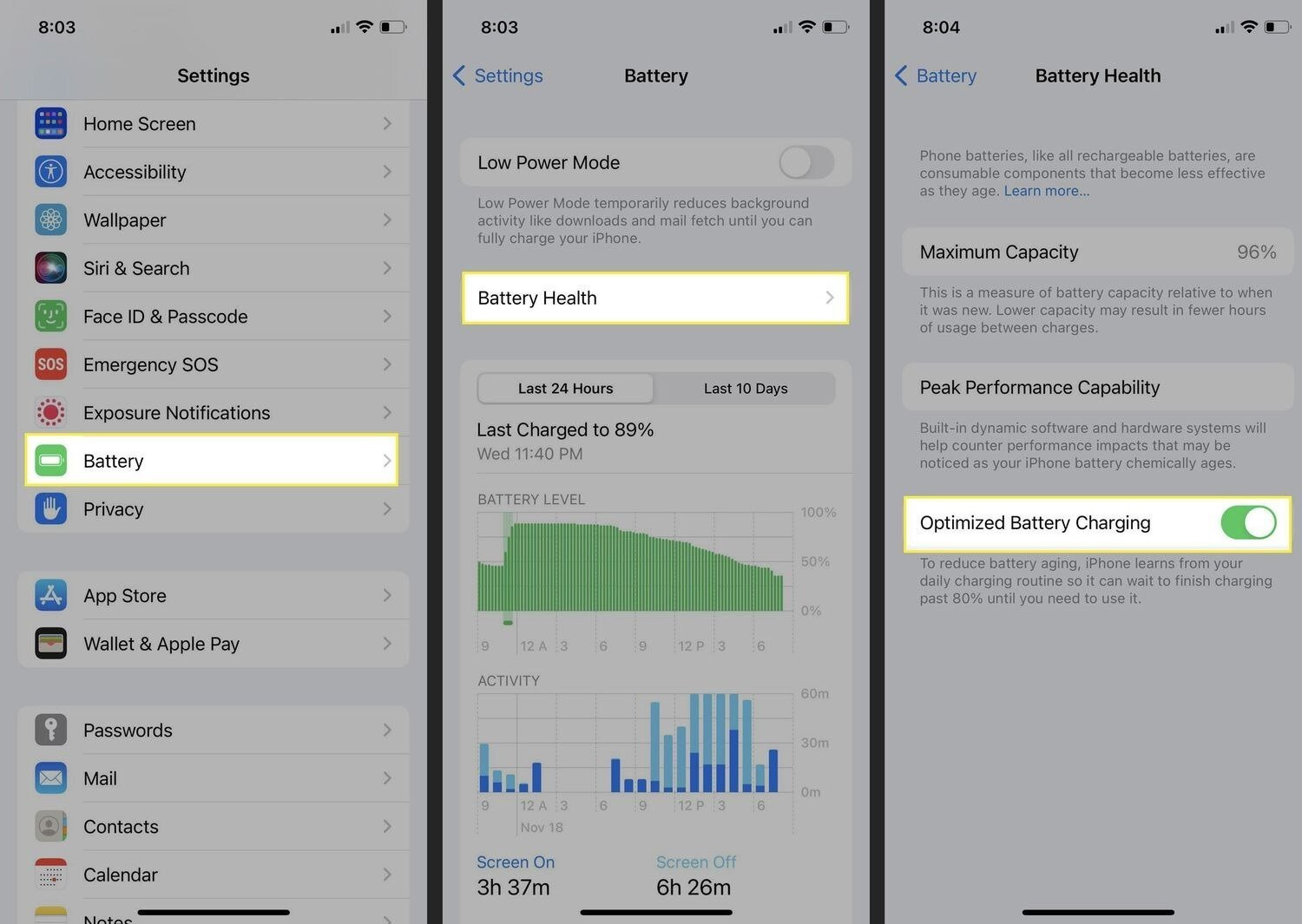One issue that many iPhone users are concerned about is whether using fast charging is harmful to the battery or not.

For iPhone users or electronic devices in general, the battery seems to be one of the most “cared for” components. Simply because no one wants to experience battery failure or swelling after only a short period of use.
One of the most frequently asked questions by users is whether fast charging has any negative effects on the iPhone battery. It is important to note that this concern is not unfounded, because when fast charging technology was in its infancy, overheating of devices occurred quite often.
For the Lithium-ion battery technology commonly used in smartphones today, overheating seems to be the number one “enemy” that aggravates the battery aging process. To understand why, we first need to learn a little about how smartphone batteries work.
Phone batteries, like most lithium-ion batteries, have two layers: lithium cobalt oxide and graphite. As lithium ions move from the graphite layer to the lithium cobalt layer through the electrolyte solution, electrons are released. When you charge the battery, the ions move back and are stored to be released later when you use the device.
The reason why today’s batteries have a limited lifespan is because of the electrolyte solution mentioned above. Over time, the salt molecules in the solution can crystallize, forming a solid that prevents the passage of ions through the solution. If fewer ions pass through, fewer electrons are released, and the battery cannot provide as much power as when it was new. Because of the chemical nature of batteries, this process will always occur, no matter how well the user takes care of it.
But it's worth noting that this crystallization process can happen faster if the smartphone is exposed to very high temperatures, such as when a fast charger is sending a lot of power to the battery at once. Once crystallization has started, it can't be reversed.
In short, fast charging can theoretically affect battery life if heat control is not optimized. Fortunately, to limit this impact, manufacturers like Apple have optimized a lot of technology in both hardware and software so that users can use fast charging without worrying too much.

On the iPhone, a feature introduced by Apple in recent versions of iOS is Optimised Battery Charging. This technology uses machine learning algorithms to adapt to a user's charging habits. For example, if a user consistently charges their phone overnight, the software will ensure that the device doesn't stay fully charged for too long, reducing stress on the battery.
Interestingly, some Android manufacturers, such as Xiaomi and OnePlus, have adopted innovative methods like dual batteries and thermal optimization to address heat-related battery issues.
For users concerned about battery life or still facing overheating issues with fast charging, alternatives like using a slower charger or a wireless charging solution like MagSafe may be viable options.
MagSafe isn't as fast as traditional fast chargers, but it strikes a balance between charging speed and heat generation. By paying attention to your charging habits and environmental conditions, you can extend the life of your smartphone's battery.
To sum up, with the technological advances applied in recent iPhone lines or increasingly intelligent software, users can now feel more secure about using fast charging with new smartphone lines, as long as the heat can be controlled during use and charging.
TH (Synthesis)